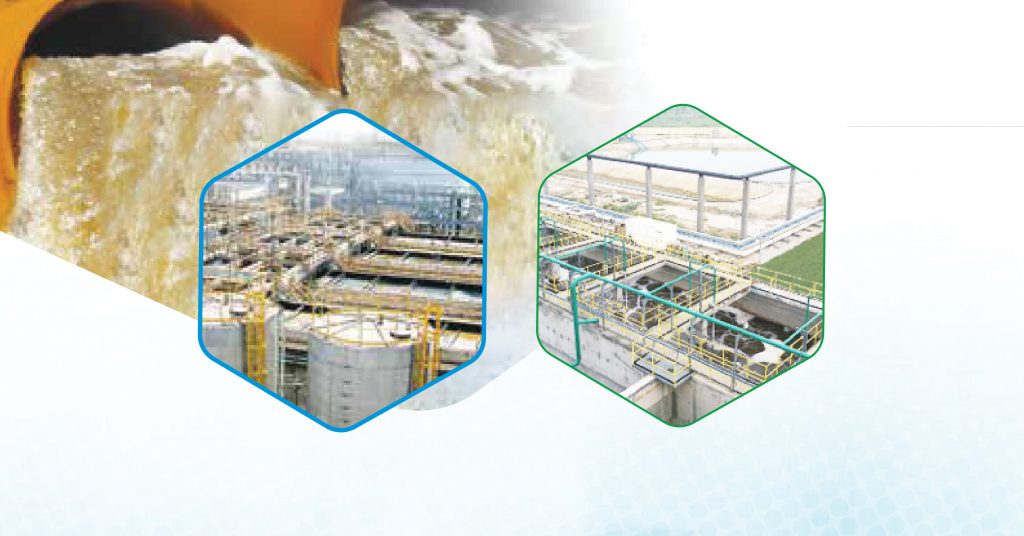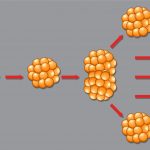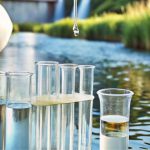Zero Liquid Discharge (ZLD) represents a sustainable approach to wastewater management, eliminating liquid waste discharge and serving as an ideal solution for industries navigating stringent environmental regulations. This innovative method treats and recycles all industrial effluent, addressing concerns about water scarcity and pollution and surpassing outdated practices such as dilution and discharge.
What distinguishes ZLD as a game-changer is its universal applicability, providing a sustainable solution across diverse sectors. In today’s ecological context, where water scarcity and pollution are paramount concerns, ZLD stands as a beacon of hope, offering an environmentally responsible alternative that has the potential to revolutionize how industries handle their wastewater.
Whether in manufacturing, energy production, or any other sector, ZLD paves the way for a more sustainable future.
Table of Contents
Toggle- ZLD: A Sustainable Solution for Industrial Wastewater
- The Multifaceted Benefits of ZLD
- Transforming Industrial Wastewater Management for a Greener Tomorrow
- Real-World Applications Across Industries: Effects on the Environment and Human Health
- Why You Should Explore Modern Integrated Solutions Today
- Implementing a New Approach to Wastewater Management: Examining the Long-Term Benefits of Zero Liquid Discharge
- Conclusion
ZLD: A Sustainable Solution for Industrial Wastewater
Zero Liquid Discharge (ZLD) is an advanced wastewater management approach to eliminate liquid waste discharge from industrial processes. It involves a comprehensive system that treats and recycles all effluents, leaving behind zero liquid waste. The process typically includes a combination of physical, chemical, and biological treatment technologies to remove contaminants and pollutants from the wastewater. This results in high-quality water that can be reused or safely discharged.
The Multifaceted Benefits of ZLD
- Water Conservation: ZLD promotes responsible water usage by reutilizing treated wastewater, alleviating the strain on freshwater reserves. This benefit is especially crucial in regions grappling with water scarcity or stringent water-use regulations.
- Water Pollution Prevention: By ensuring that no untreated or contaminated wastewater is discharged into natural water bodies, ZLD acts as a guardian of aquatic ecosystems. It also plays a crucial role in reducing the risk of groundwater contamination, safeguarding this essential resource.
- Resource Recovery: ZLD enhances cost-effectiveness and operational efficiency by extracting valuable resources, such as chemicals or minerals, from the wastewater. This not only contributes to cost savings but also reduces the environmental footprint of industrial processes.
- Compliance with Environmental Regulations: Implementing ZLD helps businesses adhere to environmental regulations, avoiding potential penalties and enhancing their public image. It showcases a commitment to environmental responsibility and sustainability.
- Sustainability Through By-Product Recovery: Additional savings are achieved through the recovery of valuable by-products for reuse in the process, demonstrating the multifaceted economic and environmental advantages of Zero Liquid Discharge (ZLD).
Across a spectrum of industries, Zero Liquid Discharge (ZLD) systems have been successfully implemented to address specific wastewater management challenges. For example,
- In the realm of power generation, ZLD systems are instrumental in treating and recycling wastewater generated during flue gas desulfurization processes.
- Similarly, in the textile industry, ZLD efficiently treats and reuses wastewater contaminated with dyes and chemicals.
- Moreover, the petrochemical sector leverages ZLD to effectively manage and recycle wastewater produced during oil refining and chemical manufacturing processes.
These real-world applications vividly illustrate the adaptability and effectiveness of ZLD solutions, regardless of the industrial sector in which they are employed.
Transforming Industrial Wastewater Management for a Greener Tomorrow
The following diagrams will explain the key differences between a conventional treatment and a Modern Integrated Solution.
Real-World Applications Across Industries: Effects on the Environment and Human Health
Industrial wastewater refers to the contaminated water generated during industrial processes. It contains many pollutants, such as chemicals, heavy metals, oils, and solids. The volume and composition of industrial wastewater vary depending on the type of industry, but it generally poses significant environmental challenges.
Industrial wastewater, if not adequately treated, can have detrimental effects on the environment. When discharged into water bodies, it can contaminate rivers, lakes, and oceans, leading to water pollution and endangering aquatic life. The presence of toxic substances in industrial wastewater can also harm ecosystems and disrupt the natural balance of ecosystems. Additionally, if industrial wastewater infiltrates groundwater sources, it can contaminate drinking water supplies and pose serious health risks to humans and animals.
Several methods are employed to treat industrial wastewater. Conventional treatment processes, such as physical and chemical treatments, are commonly used to remove solid particles and reduce the concentration of pollutants. Biological treatments utilize microorganisms to break down organic pollutants. Advanced technologies like membrane filtration, activated carbon absorption, and ion exchange are also employed for the more efficient removal of contaminants.
Zero Liquid Discharge (ZLD) stands as a transformative solution to address the pressing challenges posed by industrial wastewater, offering a sustainable path forward.
Why You Should Explore Modern Integrated Solutions Today
In today’s rapidly evolving industrial landscape, there exists a stark contrast between conventional wastewater treatment methods and modern integrated solutions. While conventional methods often focus on addressing singular aspects of wastewater management, modern integrated solutions offer a comprehensive approach.
- Water Conservation: Reusing treated wastewater for irrigation and cooling
Environmental Protection: Safeguarding ecosystems and mitigating groundwater Contamination
- Cost Savings: Resulting in reduced costs and compliance with regulations
Resource Efficiency: Enabling resource and material recovery through a closed-loop system
Implementing a New Approach to Wastewater Management: Examining the Long-Term Benefits of Zero Liquid Discharge
In ZLD systems, membrane filtration emerges as a pivotal technology, leveraging semipermeable membranes to efficiently separate and concentrate contaminants. Standard processes like reverse osmosis (RO) and nanofiltration (NF) excel at removing dissolved salts and multivalent ions from wastewater. Meanwhile, thermal evaporation and crystallization are indispensable components of ZLD, employing heat to vaporize water and leaving behind concentrated solids. The resulting condensed water attains high-quality distillate status, while the solids can be safely processed or disposed of.
Other ZLD technologies include forward osmosis, electrodialysis, vacuum evaporation, and mechanical vapor compression. Osmosis uses a membrane and a concentrated solution to draw water, while electrodialysis separates ions with an electric field. Vacuum evaporation operates under low pressure, and mechanical vapor compression recovers heat energy. These technologies offer flexibility, customization, and efficient wastewater treatment, achieving zero liquid discharge while minimizing environmental impact.
Conclusion
In conclusion, Zero Liquid Discharge stands as a transformative solution to address the pressing challenges posed by industrial wastewater. It not only adheres to stringent environmental regulations but also offers a sustainable path forward. By promoting water conservation, preventing water pollution, and ensuring resource recovery, ZLD emerges as a key player in creating a clean industrial landscape.
Explore the sustainable future of industrial wastewater management with our state-of-the-art Zero Liquid Discharge solutions.
Contact us today to discover how our expertise can revolutionize your approach to wastewater treatment.
Join us in paving the way for a greener and more sustainable tomorrow.







